Art
Maxwell Rabb
Portrait of Giorgio Locatelli in front of Caravaggio’s Supper at Emmaus (ca. 1601). Photo by Lisa Linder. Courtesy of the National Gallery.
For the Michelin-starred chef Giorgio Locatelli, the most important thing a restaurant can serve isn’t a dish or a perfect wine pairing but the feeling of eating among others. “The sharing of food—the sense of conviviality—is something that makes us feel better,” he told Artsy recently over the phone.
A similar sentiment could apply to the collective ritual of viewing art at museums: people gathering in one place, drawn by beauty and history. At his new eponymous restaurant at London’s eminent National Gallery, Locatelli hopes to provide guests an opportunity to experience “quietness and relaxation” after exploring the museum’s collection, which includes the likes of Paul Cézanne through to Canaletto and J.M.W. Turner. With his menu, Locatelli hopes to complement the visual stimuli. “The flavor is what is needed here, just to equalize, as I say, the stimulation that you get in the gallery, which is very visual,” he said. “I want to do that with the taste.”
Interior view of Locatelli at the National Gallery. Photo by Lisa Linder. Courtesy of the National Gallery.
Doing things with taste is something Locatelli knows a thing or two about. Acclaimed for his refined cooking that blends traditional recipes with contemporary presentation, Locatelli is among the most celebrated Italian chefs working today. His roots in London’s food scene run deep. He was awarded Michelin stars for his two restaurants in the city: Locanda Locatelli, opened in 2002, and Zafferano, opened in 1999. He’s also a frequent presence on television and bestseller lists, and now he’s taking his renowned gastronomy into one of London’s most hallowed institutions.
The 80-seat restaurant—which is accompanied by an espresso and maritozzi bar named Bar Giorgio—is situated in the newly restored Sainsbury Wing of the gallery, which houses masterworks like Sandro Boticelli’s Venus and Mars (ca. 1485) and Matteo di Giovanni’s The Assumption of the Virgin (ca. 1474). But despite the lofty surroundings, Locatelli’s aims to “lighten up a little bit” with a menu he describes as “democratic and commercial.” Critics seem to agree: “Come for the The Entombment by Michelangelo […] and stay for the orecchiette with nettle pesto on the first-floor mezzanine next to the gift shop,” wrote The Guardian’s Grace Dent in a recent review.
The restaurant’s launch prompts the notion of the chef as artist: After all, chefs combine creativity, technique, and sensory expression to create something that engages people emotionally and aesthetically. One could argue that instead of canvas and clay, their medium is food…
Locatelli gently pushes back against the characterization. “I never felt like an artist. I felt like an artisan—somebody that can express his emotion through the dishes, or his experiences of life through the dishes,” he clarified. Chefs are too pressed for time, too pressured by costs, and too restricted by delivery to access the same type of creativity as an artist, he says. But art does play a core role in his approach to the restaurant.
Take Michelangelo Merisi da Caravaggio’s The Supper at Emmaus (1601), one of the leading lights in the National Gallery’s collection. The colossal masterpiece depicts a risen Jesus Christ seated at a simple wooden table with two disciples, captured the instant they recognize him. Harsh light sharpens the scene—their startled gestures, the bread and fruit, and the jutting basket—while Christ’s open hand and the warm, domestic setting give the moment a striking sense of invitation. “The fact that you don’t need to be cultured, you don’t need to be rich, you don’t need to be something in order to see God,” Locatelli observed. The basket teeters at the table’s edge, he notes, “so you are invited to be part of this scene.”
The restaurant serves a loaf of bread whole, a subtle nod to the loaf at the edge of the table in Supper at Emmaus. The intention is for it to be broken and passed around the table. “It’s one piece of bread…you open it up and give a piece to everybody who’s having dinner with you,” he said.
This September, Locatelli will go a step further and debut a menu inspired by Caravaggio in commemoration of the artist’s 454th birthday.
Interior view of Locatelli at the National Gallery. Photo by Lisa Linder. Courtesy of the National Gallery.
Servings will be drawn directly from the painter’s life and imagery. The tasting menu opens with an artichoke dish in a nod to a notorious incident in which Caravaggio smashed a plate into a waiter’s face after a quarrel over how the vegetable was prepared. The main course references the still-life elements embedded in Caravaggio’s paintings, particularly the chicken on the table of Supper at Emmaus. Locatelli’s version features guinea fowl with grapes, a combination drawn from the textures and colors of the fruit and meat in the dramatic painting. Dessert is still taking shape, but Locatelli envisions it as the most theatrical plate of the evening, “bloody” in color, with chiaroscuro-like shadows worked into the presentation. “That was the painting that really inspired me, because it was an expression of the moment,” he said.
Beyond Caravaggio, art is a continual source of inspiration and engagement for Locatelli. “A lot of artists really have great respect for chefs because the artist wants to produce an emotion when he makes his art,” Locatelli said. “Food is part of life. Life is part of art. Art is part of food and so on.”
Portrait of Giorgio Locatelli. Photo by Lisa Linder. Courtesy of the National Gallery.
While he jokes that “I don’t even have enough space in my house,” Locatelli notes that he owns a spinning painting by Damien Hirst, gifted to him after he cooked a private dinner for the artist. He names British artists Gary Hume and Rebecca Warren, as well as contemporary Italian sculptor Jago, among the artists he admires most. In Naples, Locatelli met Jago, who is known for realistic marble sculptures, and he left a particular impression. “To see this big piece of marble turning into sculpture was one of the most incredible experiences in my life,” Locatelli said.
Locatelli often draws on art for ideas: Joan Miró’s “practicality” and dynamic compositions sparked new ideas for plating dishes, and John Constable’s layered greens, which are delicately depicted in his famed landscapes, once inspired a salad. “There was such a beauty on this green coming out,” he recalled, saying that he immediately “really tried to get by using natural color.”
Photo by Lisa Linder. Courtesy of the National Gallery.
Ingredients, for the chef, are themselves works of art: “The greatest artist overall is nature. Nature is the greatest artist that we can ever imagine.” For Locatelli, food and art are meant to be shared experiences. Just as the basket in Caravaggio’s scene seems to extend toward the viewer, inviting them in, a museum invites people to stand side by side before a work; a table invites them to sit together over a meal.
“[We] try to really celebrate this great sense of conviviality, which is something that puts us on a different level than every other mammal, where the biggest guys eat first, the other ones eat after,” Locatelli said. “As humans, we have been sharing our food.”
MR
Maxwell Rabb
Maxwell Rabb is Artsy’s Staff Writer.


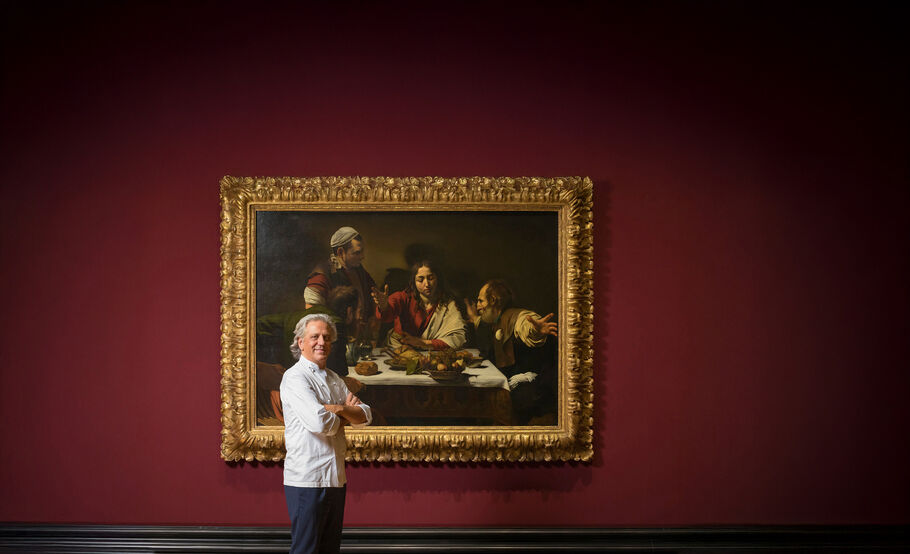
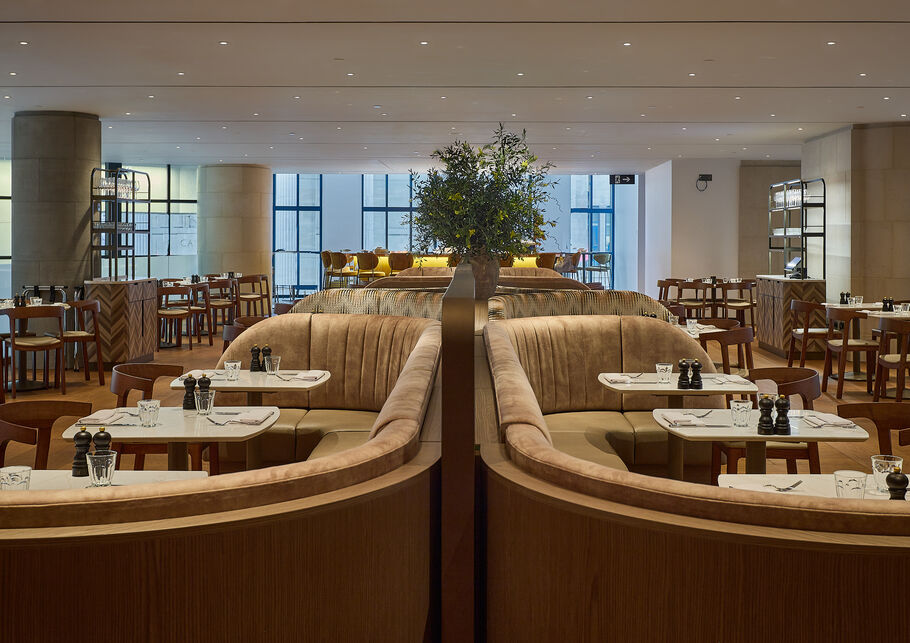
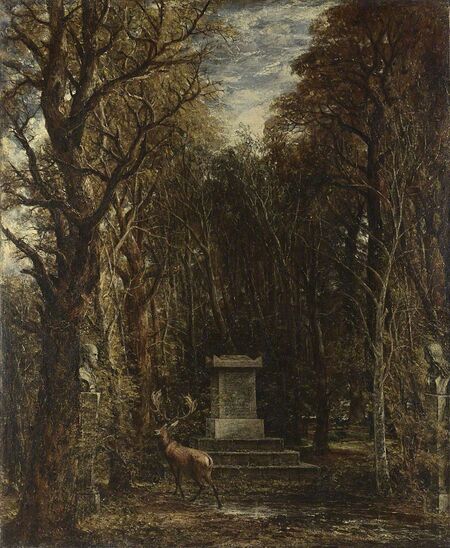
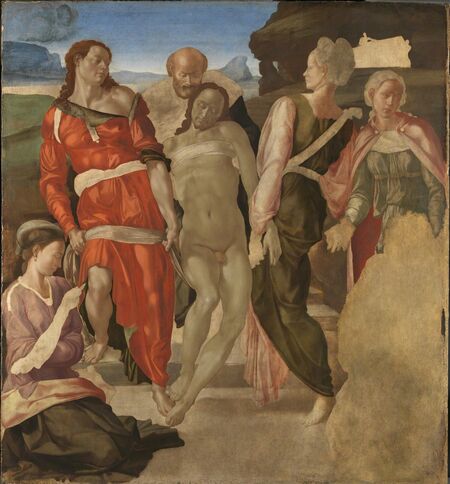
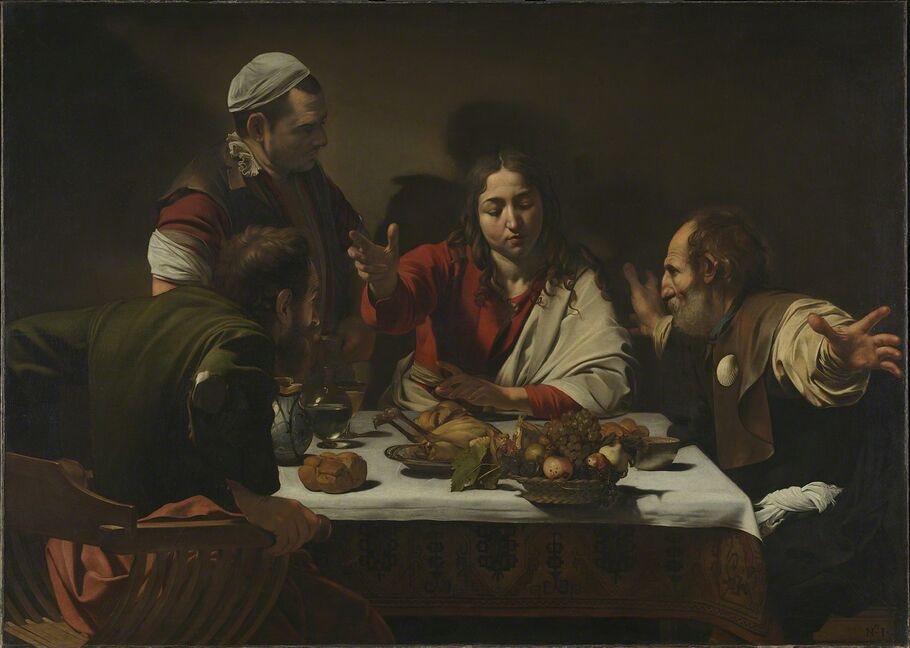
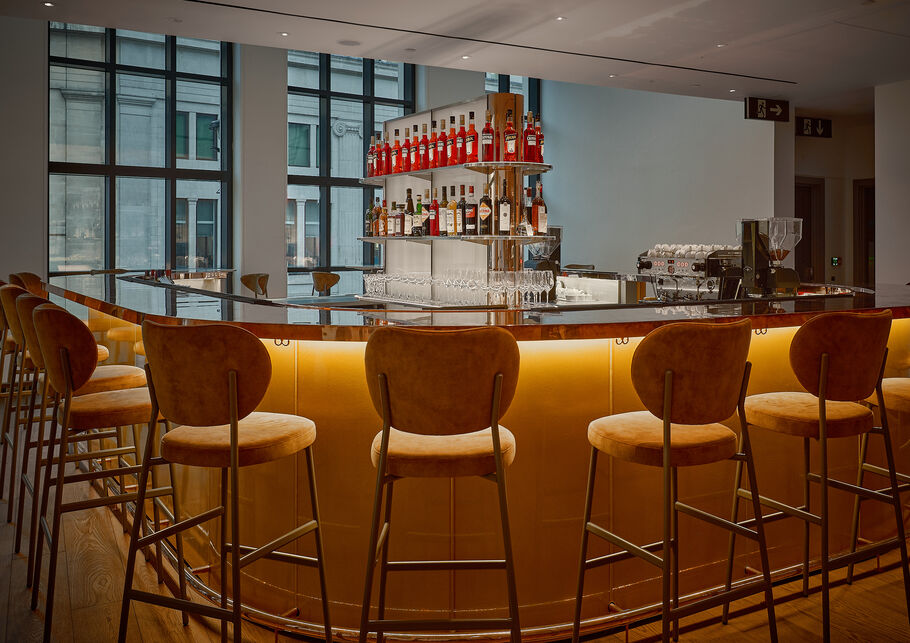
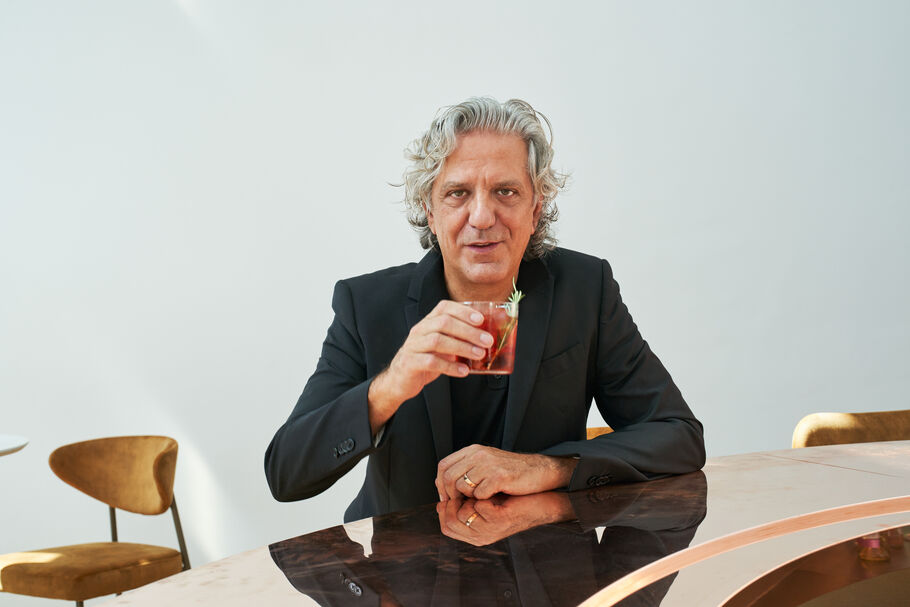
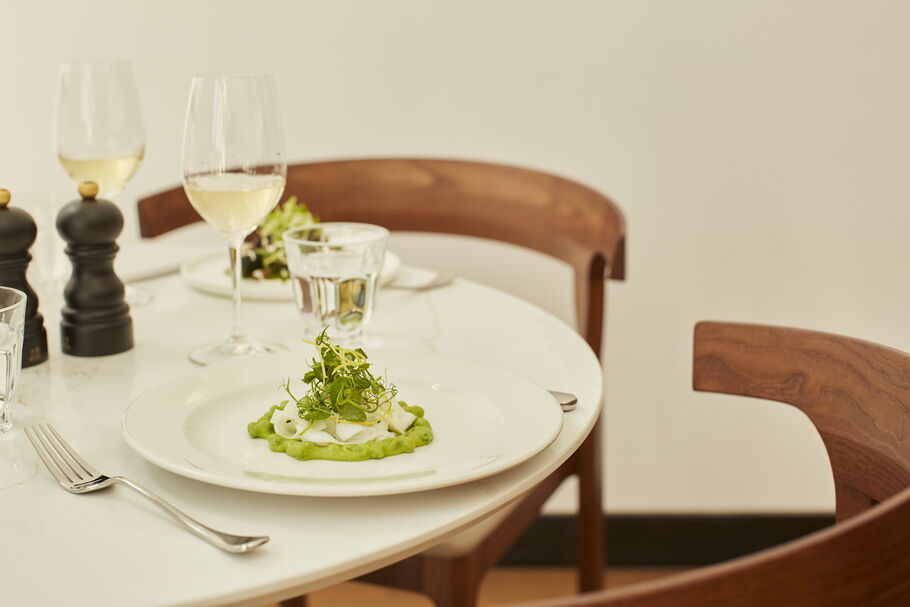

Dining and Cooking